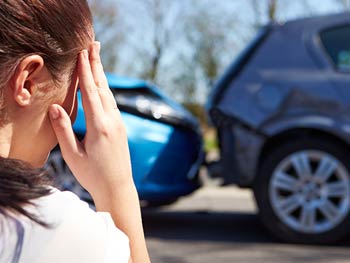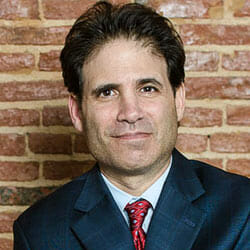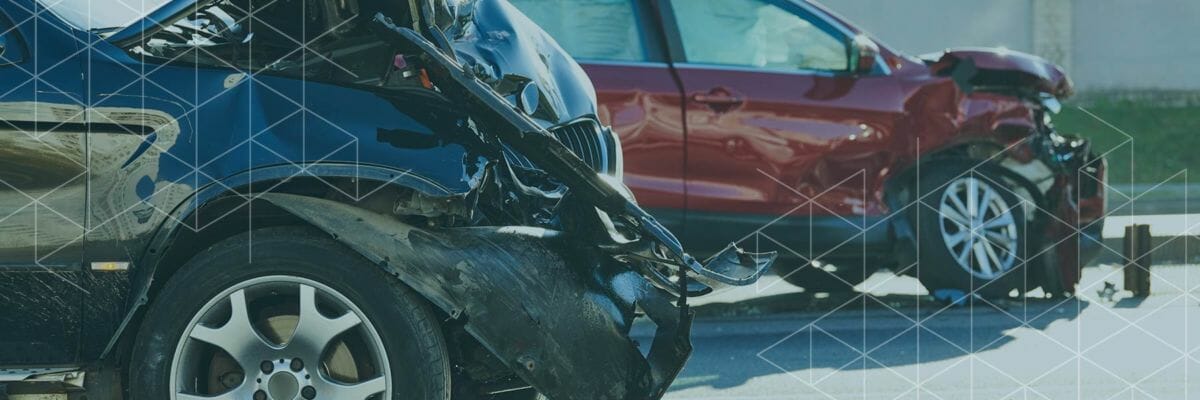 Commuters between Baltimore and D.C. know the meaning of “traffic jam.” Many of them also know from personal experience what a rear-end collision means — it always means aggravation, usually means an insurance claim, and often means lingering neck and back pain from whiplash injuries.
Commuters between Baltimore and D.C. know the meaning of “traffic jam.” Many of them also know from personal experience what a rear-end collision means — it always means aggravation, usually means an insurance claim, and often means lingering neck and back pain from whiplash injuries.
Whether on a heavily traveled beltway or a busy secondary road, rear-end accidents are common — in fact, somewhere between 30% and 40% of all traffic accidents are caused when the front of one vehicle collides with the rear of the vehicle ahead of it on the road.
In some instances, only two vehicles are involved, but the picture can get quite complicated when the initial collision sets off a chain reaction, sending vehicle after vehicle colliding with the one ahead.
Motorists who are involved in rear-enders in Maryland or Washington, D.C., turn to Baltimore car accident lawyer Steve Heisler for legal advice and experienced representation. Contact the Law Offices of Steven Heisler at (410) 625-4878 for a free consultation about liability in rear-end collisions and the compensation you may be due from the responsible party.
Causes of Rear-End Collisions
Why would a moving vehicle collide with one that was stopped, or slowed, right in front of it? These are the typical reasons:
- The driver was going too fast for the weather or traffic conditions and was not able to stop in time.
- The driver of the second car was tailgating, failing to maintain a safe distance between his car and the one ahead.
- Distracted by a phone call, a text message, or an activity other than paying attention to the road, a driver plows into traffic stopped in front of him.
- Making unsafe lane changes and cutting off other drivers can cause rear-end accidents.
- When weather conditions make roads slippery or limit visibility, drivers may be unable to maintain control or to react quickly to the situation ahead on the road.
- Drivers who are impaired by drugs or alcohol have diminished judgment and reaction time.
- Elderly drivers sometimes cause rear-end accidents because they confuse the gas pedal and the brake.
Who is Responsible in a Rear-End Accident?
Maryland rear-end accidents are generally presumed to be the fault of the negligent driver of the vehicle in the rear. Under Maryland law, “The driver of a motor vehicle may not follow another vehicle more closely than is reasonable and prudent, having due regard for the speed of the other vehicle and of the traffic on and the condition of the highway.” Obviously, if a driver backs into the vehicle behind him, it is the lead car and not the following car which is the cause of the accident.
That being said, there are situations in which both drivers may share responsibility for the rear-end crash. Some states — and Maryland is one of them — have a rule called “contributory negligence” which says that a driver who has contributed in any way to causing a collision is barred from obtaining any compensation from the other driver. How could both be at fault? One example would be a road-rage situation, where the rear driver is tailgating and the lead driver slams on the brakes. A driver whose car is disabled and stopped in the lane of traffic without hazard lights or any other sign of warning to other motorists could be deemed guilty of causing or contributing to the crash.
Injuries in Rear-End Collisions
Assume there are two cars about the same size and weight. Assume the lead car is stopped at a traffic signal. Assume the following car is traveling at 30 mph when it plows into the rear of the idling vehicle. The impact for the occupants of both cars would be the same as hitting a brick wall going 15 mph, and that could mean serious and disabling injuries.
The most common symptom after a whiplash injury is neck pain and/or stiffness. But accident victims should be aware that a rear-end crash can also result in the following:
- Headache
- Shoulder pain
- Pain between the shoulder blades
- Pain and weakness in the arms
- Low back pain
- Pain in the jaw or face
- Fatigue
- Anxiety
- Sleep disturbance
- Difficulty concentrating
- Blurred vision
- Dizziness
- Difficulty swallowing.
Contact Steve Heisler Right Away
Even though you may not have worrisome symptoms immediately after a rear-end collision, you may find, like many accident victims, that their onset is just delayed. It is important that you talk over your situation with an experienced personal injury lawyer. Steve Heisler, The Injury Lawyer, makes it easy — your initial consultation will be free and there is no obligation to take further action. If you retain Mr. Heisler to seek damages on your behalf, you will owe no fees until he successfully obtains compensation for your medical expenses, lost wages, loss of earning capacity, and pain and suffering.

Attorney Steve Heisler
Steve Heisler decided in 1996 that he was going to focus his law practice exclusively on injury cases. Since then, he has been representing injured people against insurance companies, disreputable medical practitioners and Big Pharma, and doing it with compassion, honesty and level-headed rationality. [ Attorney Bio ]


